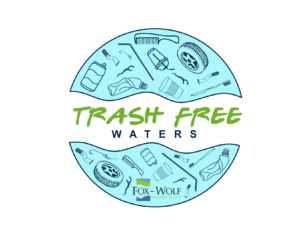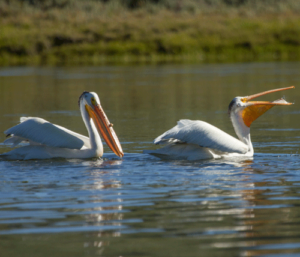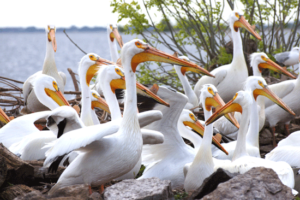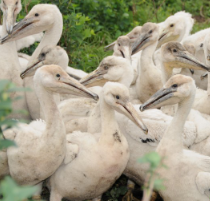400+ Exotic Pets Rehomed, Mitigating Potential Releases Into Waterways
Oshkosh, Neenah Play Host Exotic Pet Surrender Events
Original Story: John Moyles, J&R Aquatic Animal Rescue
In an effort to address the challenges of rehoming exotic pets and discourage the harmful practice of releasing them into the wild, J&R Aquatic Animal Rescue hosted several successful Exotic Pet Surrender Events on January 13th and March 2nd, 2024. The event, held at the organization’s rescue center in Neenah, aimed to 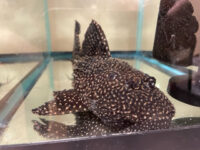 provide responsible alternatives and a judgement-free environment for pet owners who can no longer care for their exotic animals.
provide responsible alternatives and a judgement-free environment for pet owners who can no longer care for their exotic animals.
A staggering 460 animals, ranging from fish and reptiles to pet birds and small mammals, found their way to new beginnings through the event. Among the surrendered animals were fish, lizards, snakes, and even a colony of roaches, highlighting the diverse range of creatures in need of assistance.
The event was not only about surrendering pets but also about education and advocacy. Attendees had the opportunity to meet Animal Ambassadors and learn about their unique stories, reinforcing the message of responsible pet ownership. A photobooth with rescued pets allowed for cherished memories to be captured and shared, further fostering a sense of community and compassion.
Collaborating with regional rehoming partners such as Reptile Rescue of Wisconsin, Fox-Wolf Watershed Alliance, Pet Advocacy Network, and University of Wisconsin Sea Grant/Water Resources Institutes, J&R Aquatic Animal Rescue facilitated the surrender of four animals, including fish, a tortoise, and birds. This 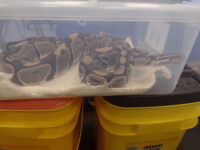 collaborative effort ensures that these animals are given proper care and attention.
collaborative effort ensures that these animals are given proper care and attention.
All surrendered pets undergo a brief quarantine and evaluation period to ensure their health and well-being before becoming available for adoption. This meticulous process reflects the commitment of the organizers to find suitable homes for these animals and prevent any negative impact on the local ecosystem.
For those who missed the event, J&R Aquatic Animal Rescue reminds the public that they can surrender pets at their Rescue Center in Neenah or find information about upcoming Surrender Events on their website: https://www.jraar.org/exoticpetsurrenderevents.  With 29 events planned for the year there are ample opportunities for pet owners to seek assistance in rehoming their animals.
With 29 events planned for the year there are ample opportunities for pet owners to seek assistance in rehoming their animals.
The success of the Exotic Pet Surrender Event was made possible through the generous sponsorship of Ship Your Reptiles, Chemipure, Jellyfish Art, Reef Aquaria Design, and Festival Foods. Their support enables J&R Aquatic Animal Rescue to continue providing valuable services to the community and promoting responsible exotic pet ownership.
Questions? Comments? Contact Chris Acy, the AIS Coordinator covering Brown, Outagamie, Fond du Lac, Calumet, and Winnebago Counties at (920) 460-3674 or chris@fwwa.org!
Follow the Fox Wolf Watershed Alliance’s Winnebago Waterways Program on our Winnebago Waterways Facebook page or @WinnWaterways on X! You can also sign-up for email updates at WinnebagoWaterways.org.
Check out the Keepers of the Fox Program at https://fwwa.org/watershed-recovery/lower-fox-recovery/
Winnebago Waterways and Keepers of the Fox are Fox-Wolf Watershed Alliance programs. The Fox-Wolf Watershed Alliance is an independent nonprofit organization working to protect and restore water resources in the Fox-Wolf River Basin.
Reporting invasive species is a first step in containing their spread. Maintaining and restoring our waters and landscapes can reduce the impacts even when we don’t have other management options to an invasive species.
The post 400+ Exotic Pets Rehomed, Mitigating Potential Releases Into Waterways appeared first on Fox-Wolf Watershed Alliance.
Fox-Wolf Watershed Alliance
https://fwwa.org/2024/03/13/400-exotic-pets-rehomed-mitigating-potential-releases-into-waterways/?utm_source=rss&utm_medium=rss&utm_campaign=400-exotic-pets-rehomed-mitigating-potential-releases-into-waterways
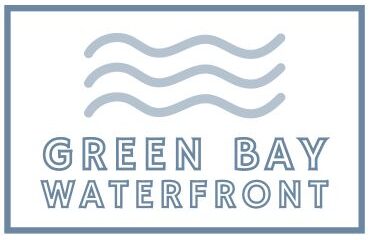
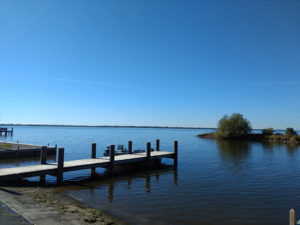 while still leaving options open for herbicide treatment, if needed. Other management options include manual and mechanical removal as well as simply monitoring, since non-native plants can often co-exist with other native plants in a lake without taking over and becoming a nuisance.
while still leaving options open for herbicide treatment, if needed. Other management options include manual and mechanical removal as well as simply monitoring, since non-native plants can often co-exist with other native plants in a lake without taking over and becoming a nuisance.


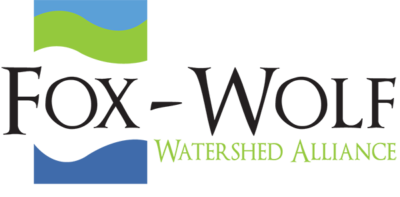
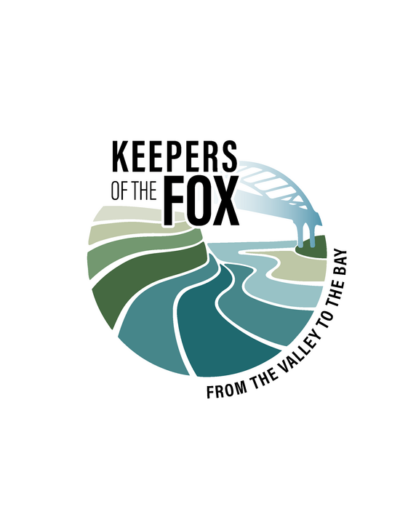
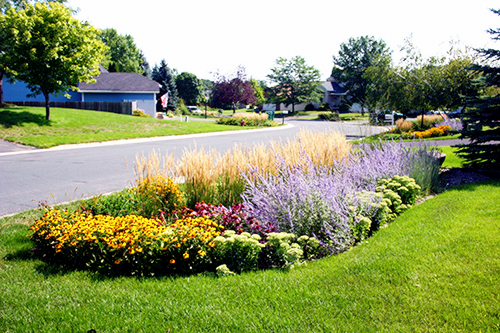 Attention Master Gardeners, Master Naturalists, Garden Club Members and others advising home gardeners; this webinar is for you! Representatives from UWEX and DNR will join Melinda Myers to talk about current threats, available resources and ways we can all work together to manage invasive plants. To register for the free webinar, click the button below!
Attention Master Gardeners, Master Naturalists, Garden Club Members and others advising home gardeners; this webinar is for you! Representatives from UWEX and DNR will join Melinda Myers to talk about current threats, available resources and ways we can all work together to manage invasive plants. To register for the free webinar, click the button below!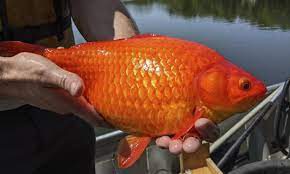
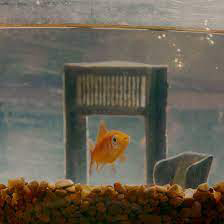 Goldfish were first spotted in Hamilton Harbour in the 1960s, but largely died off in the 1970s because of industrial contamination. In the early 2000s, their population appeared to recover. Goldfish can tolerate a wide range of water temperatures, reach sexual maturation quickly, and can eat nearly anything, including algae, aquatic plants, eggs and invertebrates, Ms. Boston said.
Goldfish were first spotted in Hamilton Harbour in the 1960s, but largely died off in the 1970s because of industrial contamination. In the early 2000s, their population appeared to recover. Goldfish can tolerate a wide range of water temperatures, reach sexual maturation quickly, and can eat nearly anything, including algae, aquatic plants, eggs and invertebrates, Ms. Boston said.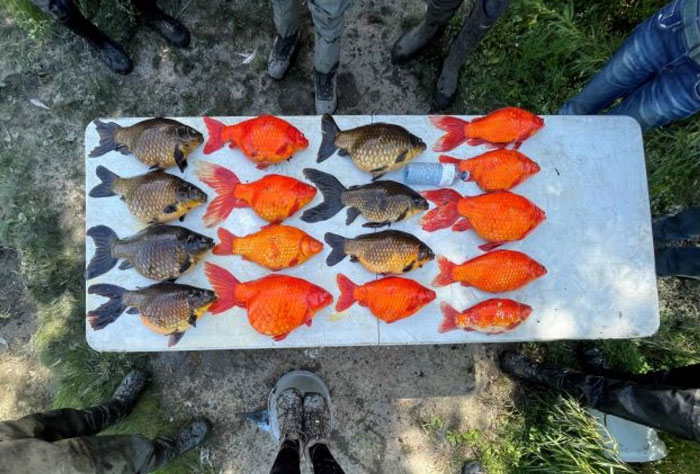

 example are the Burmese pythons that have had an enormous impact on the Everglades in Florida. However, multiple cases of released pets causing problems in our waters occur every year including an
example are the Burmese pythons that have had an enormous impact on the Everglades in Florida. However, multiple cases of released pets causing problems in our waters occur every year including an 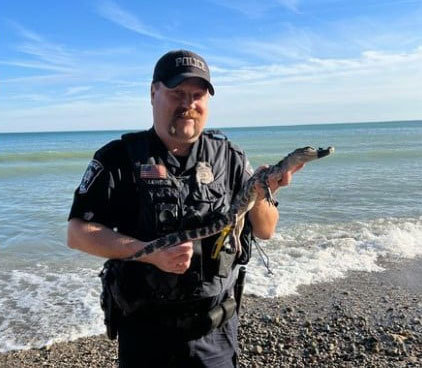
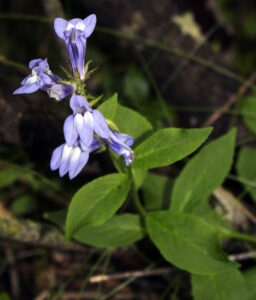
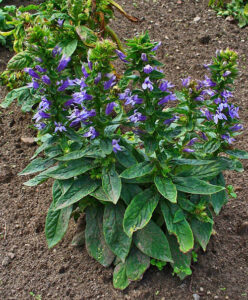


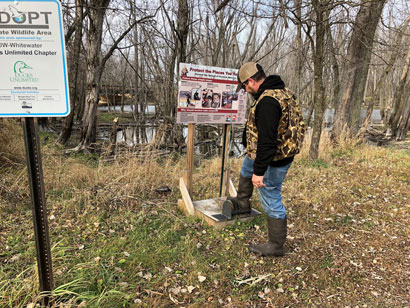

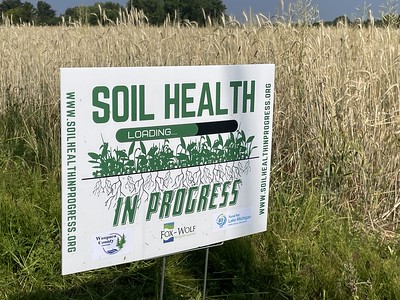
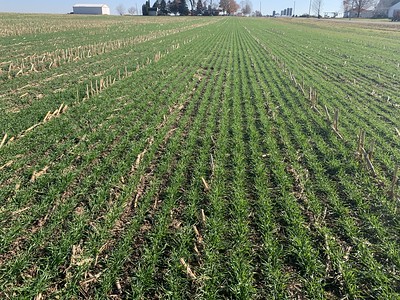

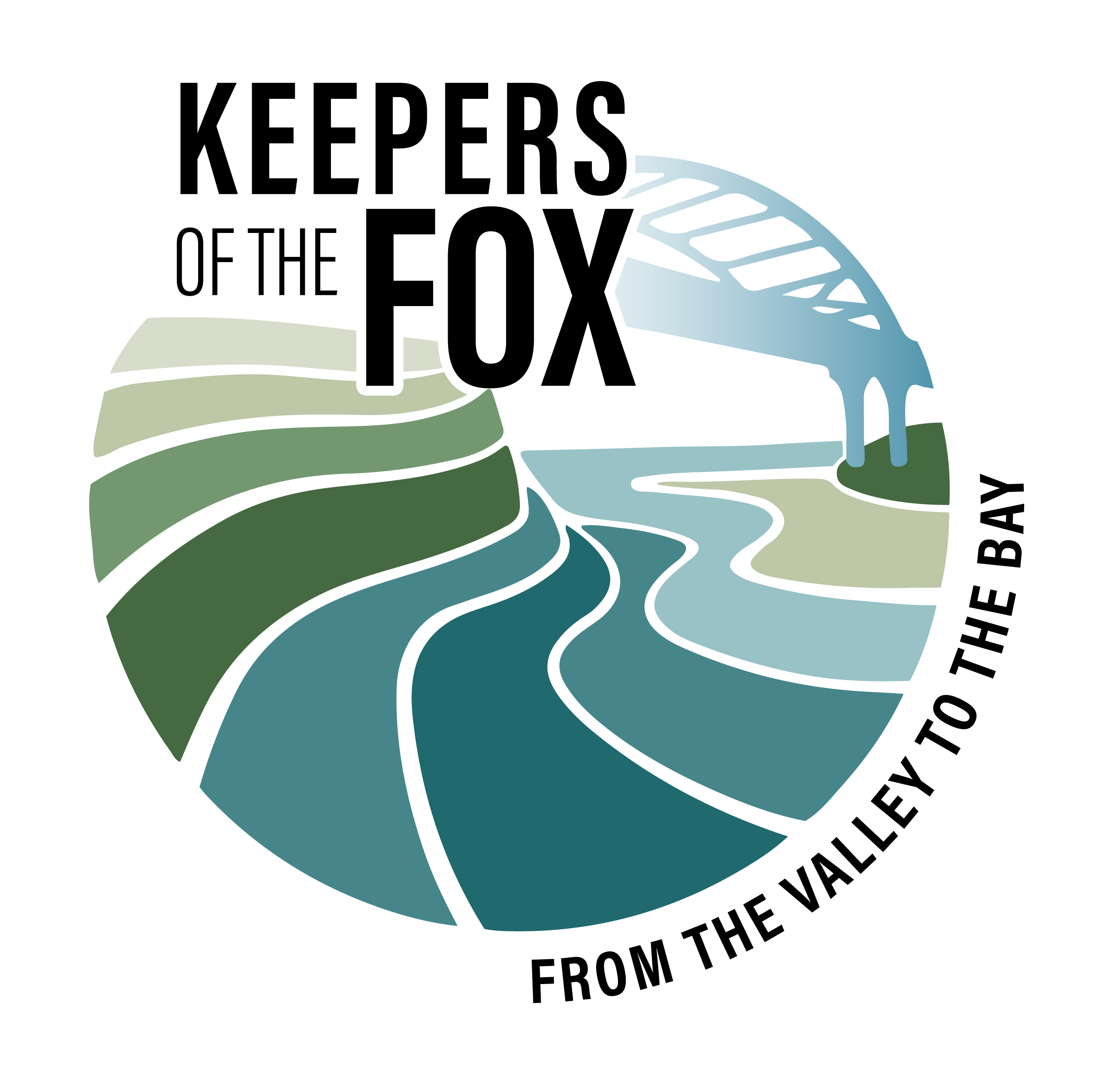
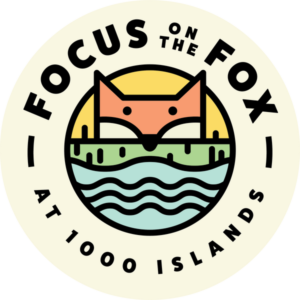 the Fox is a family-friendly event that celebrates World Rivers Day and the Fox River. Activities offered during the event include guided crayfish and critter hunting, guided nature hikes along the Fox River, fishing instructions for children with the KHS Fishing Team, Fox Lock demonstrations – Lock #3 with shuttle available, paper making, photo scavenger hunt, viewing of “The Power of the River” documentary, and river cleanup with Fox-Wolf Watershed Alliance
the Fox is a family-friendly event that celebrates World Rivers Day and the Fox River. Activities offered during the event include guided crayfish and critter hunting, guided nature hikes along the Fox River, fishing instructions for children with the KHS Fishing Team, Fox Lock demonstrations – Lock #3 with shuttle available, paper making, photo scavenger hunt, viewing of “The Power of the River” documentary, and river cleanup with Fox-Wolf Watershed Alliance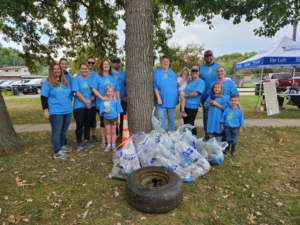 to see that registration filled during the week prior to the event. Amcor employees made up a majority of the group, along with a Boy Scout troup and other conservation-minded volunteers.
to see that registration filled during the week prior to the event. Amcor employees made up a majority of the group, along with a Boy Scout troup and other conservation-minded volunteers.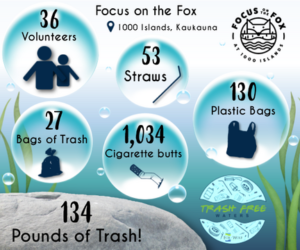 cigarette butts, 130 plastic bags, and 53 straws. After weighing up all of the trash, the total was 134 pounds of trash and debris! Other interesting finds include: a tire with rim, orange cone, metal trash can lid, fireworks, baseball, tarp, and a container with two hard-boiled eggs from Costco. Check out the infographic!
cigarette butts, 130 plastic bags, and 53 straws. After weighing up all of the trash, the total was 134 pounds of trash and debris! Other interesting finds include: a tire with rim, orange cone, metal trash can lid, fireworks, baseball, tarp, and a container with two hard-boiled eggs from Costco. Check out the infographic!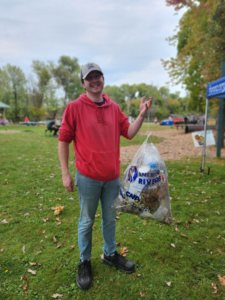

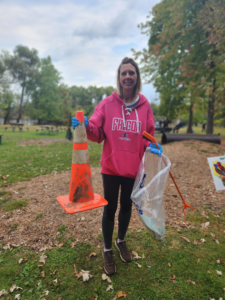
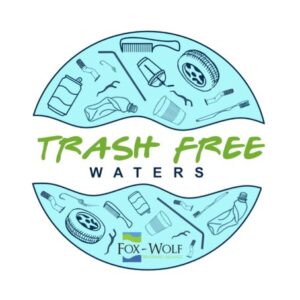
 kelly@fwwa.org
kelly@fwwa.org 920-915-1502
920-915-1502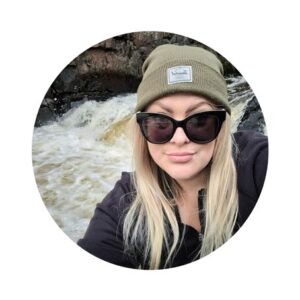
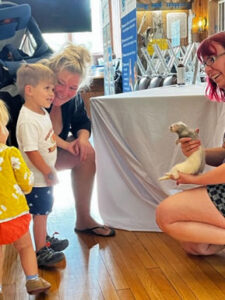
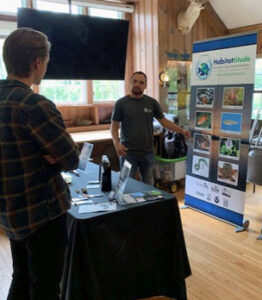 and the environment. Pet Surrender events are now being held across Wisconsin help provide an avenue to pet owners to rehome pets without harming the pet or the environment.
and the environment. Pet Surrender events are now being held across Wisconsin help provide an avenue to pet owners to rehome pets without harming the pet or the environment.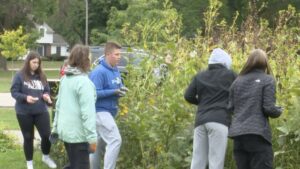
 Reyer paddled alongside Oshkosh North High School students and staff cleaning up a total of 23 pounds of trash. Included in this total was one large cooking pot, a slimy yellow bucket, a fishing pole, and lots of plastic bags and wrappers.
Reyer paddled alongside Oshkosh North High School students and staff cleaning up a total of 23 pounds of trash. Included in this total was one large cooking pot, a slimy yellow bucket, a fishing pole, and lots of plastic bags and wrappers.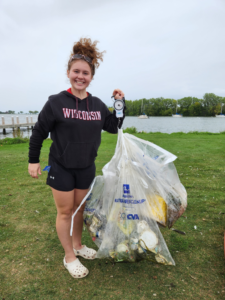
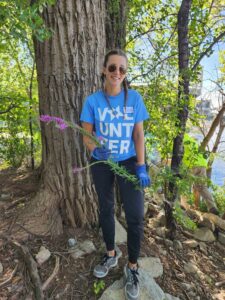 along the Fox River. Team-building events are a new opportunity offered by the Trash Free Waters program that strengthens employee relations, allow for employee connect outside the office, and makes an impact by protecting our water resources. The event took place on Wednesday, August 30th, will Foth volunteers meeting at Voyageur Park and learning about Fox-Wolf’s efforts in the basin. Aquatic Invasive Species (AIS) prevention coordinator, Chris Acy, discussed his work in the watershed, highlighting both nusiance plants and animals in the area, efforts to prevent the spread of invasive species, and
along the Fox River. Team-building events are a new opportunity offered by the Trash Free Waters program that strengthens employee relations, allow for employee connect outside the office, and makes an impact by protecting our water resources. The event took place on Wednesday, August 30th, will Foth volunteers meeting at Voyageur Park and learning about Fox-Wolf’s efforts in the basin. Aquatic Invasive Species (AIS) prevention coordinator, Chris Acy, discussed his work in the watershed, highlighting both nusiance plants and animals in the area, efforts to prevent the spread of invasive species, and different ways volunteers can get involved in this work going forward. The group then traversed to the park’s south side fishing island to identify and properly remove more purple loosetrife plants along the banks of the Fox River. Foth volunteers worked in small teams and efficiently removed over 20 purple loosetrife plants!
different ways volunteers can get involved in this work going forward. The group then traversed to the park’s south side fishing island to identify and properly remove more purple loosetrife plants along the banks of the Fox River. Foth volunteers worked in small teams and efficiently removed over 20 purple loosetrife plants!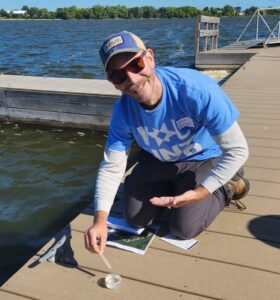 Watch program, and were given Salt Watch kits, containers, maps, and instructions for monitoring along the riverbank. Volunteers grabbed their water samples and used the Quantab test strips to get the chloride reading for their respective monitoring locations. The chloride results were all between 1.2 and 1.4 Quantab units, which is 31ppm(mg/L) or less. As expected, the chloride levels were relatively low as it was August and the Fox River is large which results in the dillution of chloride. Five Foth team members signed up to volunteer for the upcoming Salt Watch season.
Watch program, and were given Salt Watch kits, containers, maps, and instructions for monitoring along the riverbank. Volunteers grabbed their water samples and used the Quantab test strips to get the chloride reading for their respective monitoring locations. The chloride results were all between 1.2 and 1.4 Quantab units, which is 31ppm(mg/L) or less. As expected, the chloride levels were relatively low as it was August and the Fox River is large which results in the dillution of chloride. Five Foth team members signed up to volunteer for the upcoming Salt Watch season.
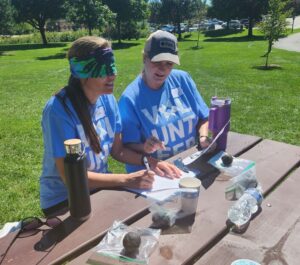 and given a pen and a clipboard with blank paper. The non-blindfolded team member was given an image of a skeleton key and had to use their communication skills to describe how to draw the image without saying what the image was. This activity produced a wide variety of drawings and lots of laughter. We discussed what methods of communication resulted in drawings that most closely matched the provided skeleton key image.
and given a pen and a clipboard with blank paper. The non-blindfolded team member was given an image of a skeleton key and had to use their communication skills to describe how to draw the image without saying what the image was. This activity produced a wide variety of drawings and lots of laughter. We discussed what methods of communication resulted in drawings that most closely matched the provided skeleton key image.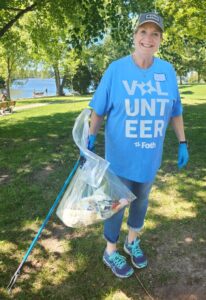 up the park and along the Fox River Recreation Trail for over two hours, and removed 116 pounds of trash! Specifically, the Foth crew cleaned up 22 bags of trash, 727 cigarette butts, 76 platic bags, and 38 straws. Additionally, three volunteers won awards for “heaviest haul”, “weirdest item found”, and “largest item found”. The Foth environmental team did an outstanding job of improving the park and protecting our waterways.
up the park and along the Fox River Recreation Trail for over two hours, and removed 116 pounds of trash! Specifically, the Foth crew cleaned up 22 bags of trash, 727 cigarette butts, 76 platic bags, and 38 straws. Additionally, three volunteers won awards for “heaviest haul”, “weirdest item found”, and “largest item found”. The Foth environmental team did an outstanding job of improving the park and protecting our waterways.

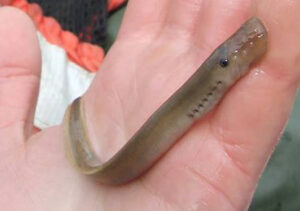
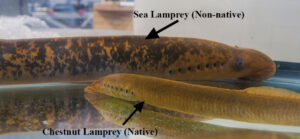
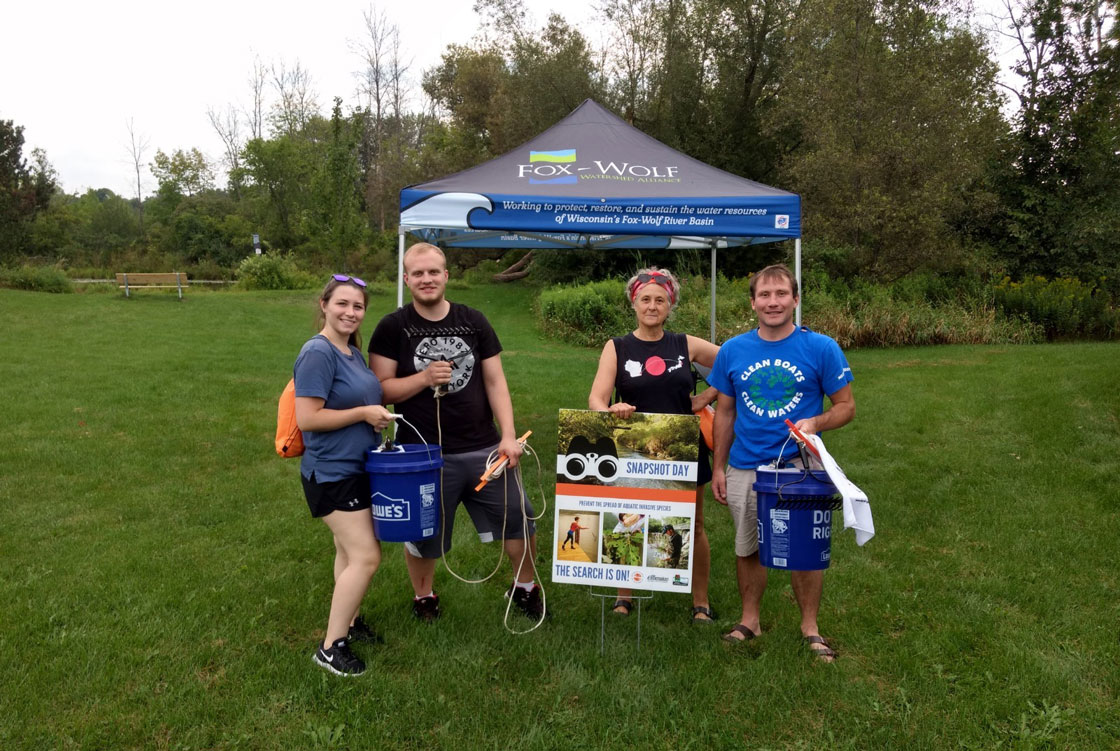 risks to Wisconsin waterways and wildlife. Volunteers have a choice to register at one of over twenty event locations hosted by local conservation groups.
risks to Wisconsin waterways and wildlife. Volunteers have a choice to register at one of over twenty event locations hosted by local conservation groups.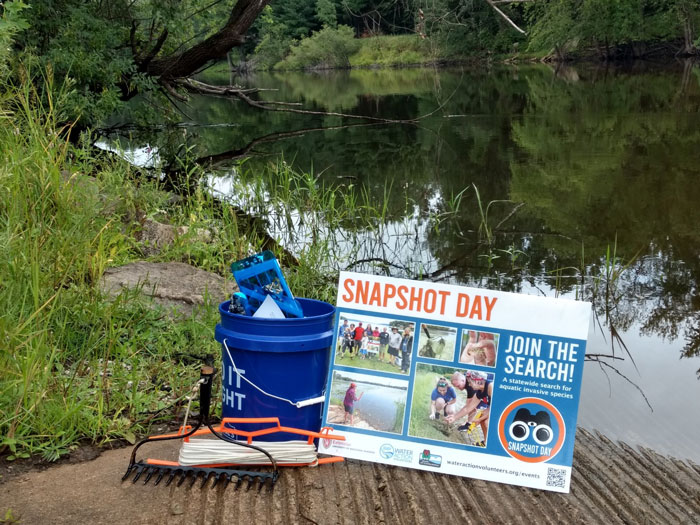
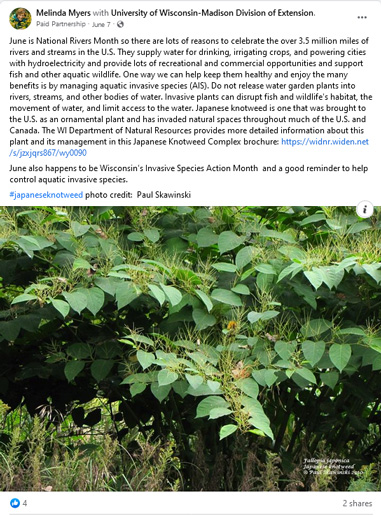
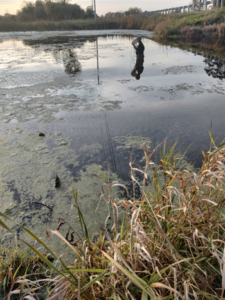
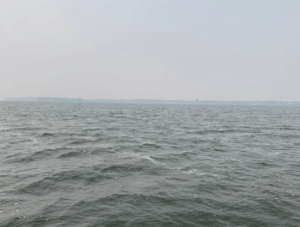
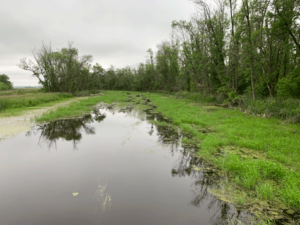
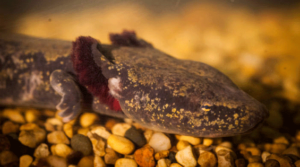
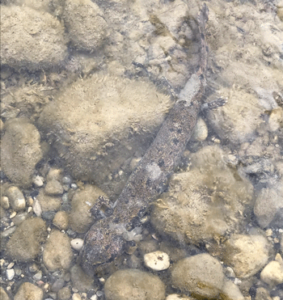
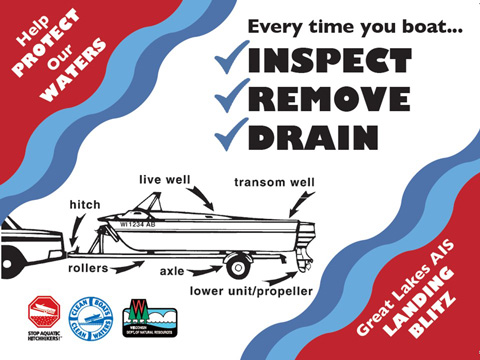 will give out a brand new red, white, and blue boat trailer sticker with a boat graphic showing people all the places where plants, tiny animals and potentially contaminated water can hide.
will give out a brand new red, white, and blue boat trailer sticker with a boat graphic showing people all the places where plants, tiny animals and potentially contaminated water can hide.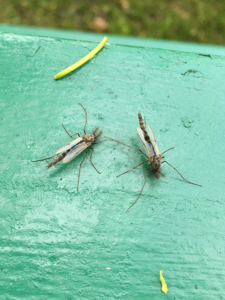

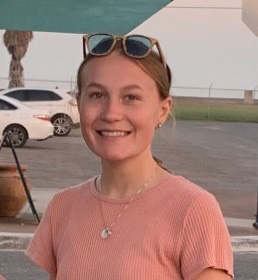


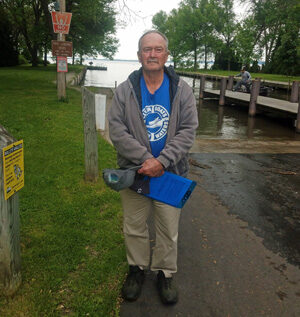

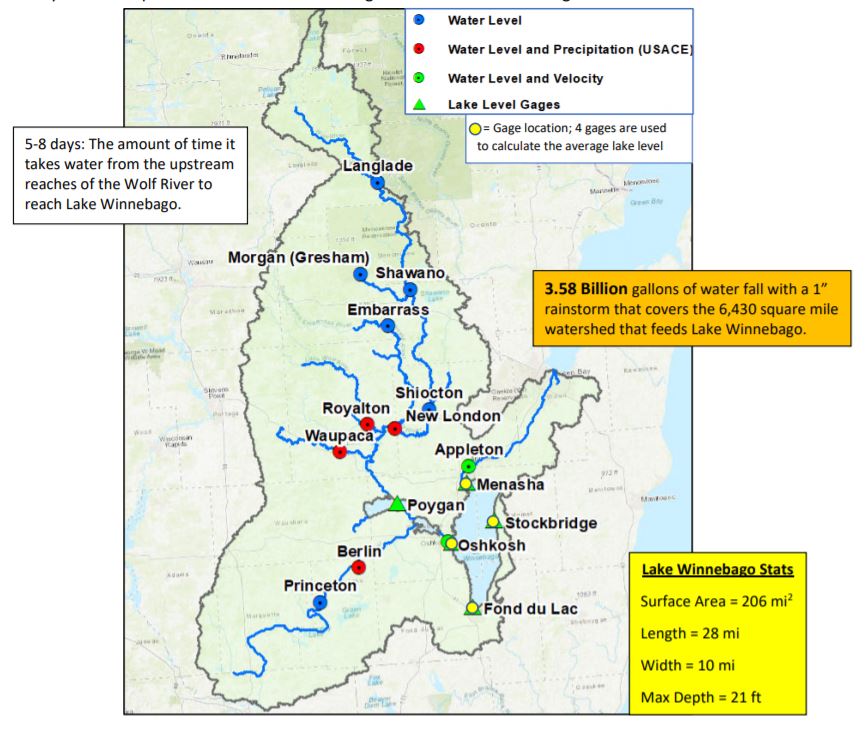
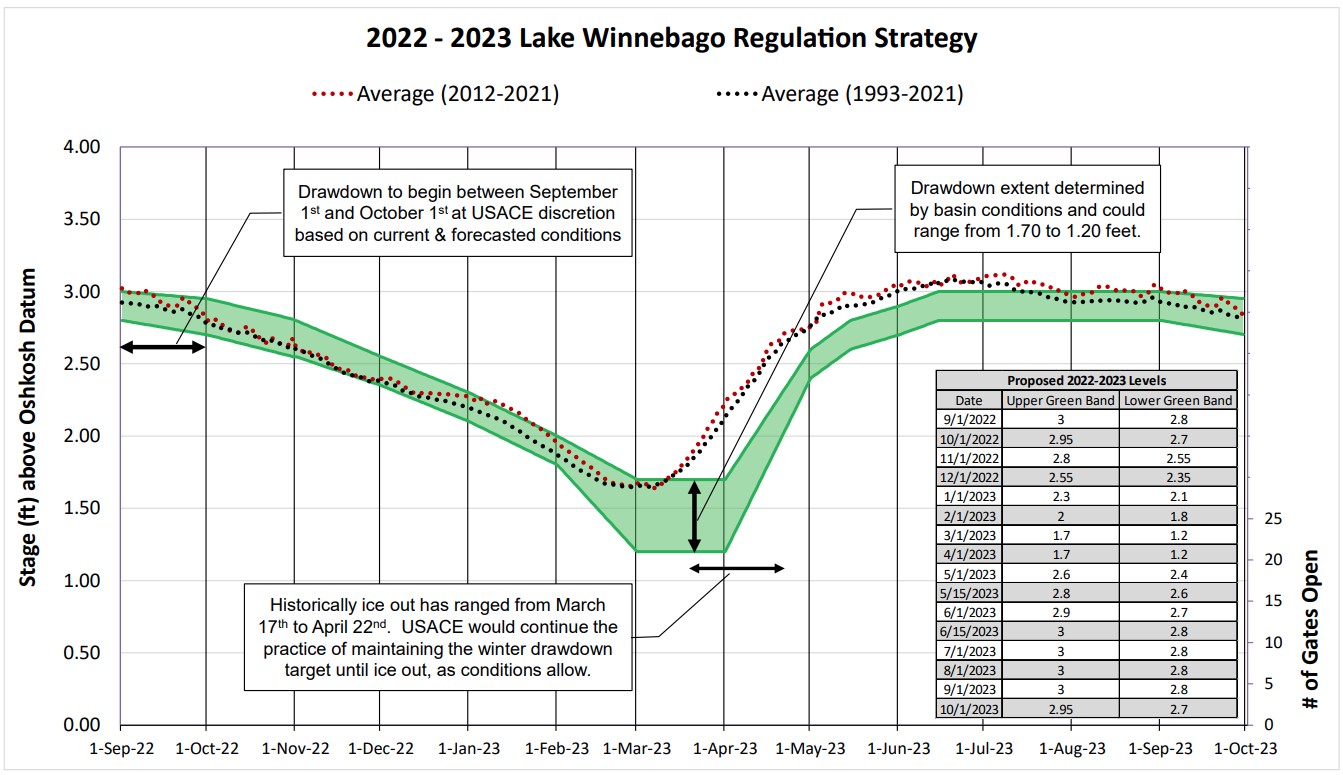
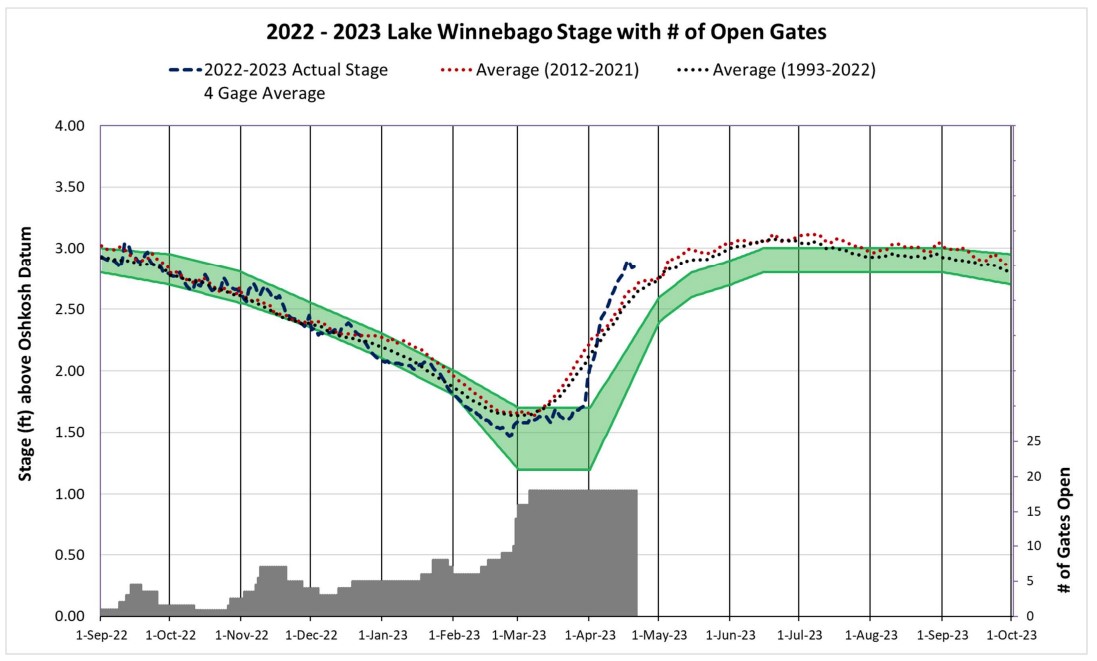
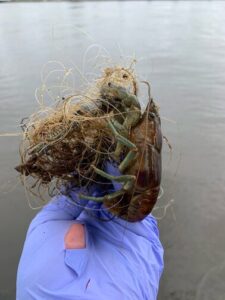 continue this partnership, we jumped at the chance to work with students on a litter prevention effort. The plan was to have Communities students build and install fishing line receptacles at public fishing locations in the greater Oshkosh area.
continue this partnership, we jumped at the chance to work with students on a litter prevention effort. The plan was to have Communities students build and install fishing line receptacles at public fishing locations in the greater Oshkosh area.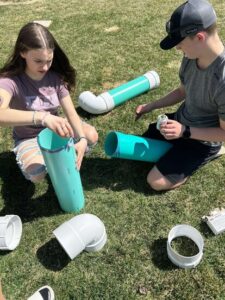 Kelly Reyer who runs the Trash Free Waters program at Fox-Wolf, met with the students several times throughout the semester, setting a project schedule and helping to coordinate with the Winnebago County Parks Department.
Kelly Reyer who runs the Trash Free Waters program at Fox-Wolf, met with the students several times throughout the semester, setting a project schedule and helping to coordinate with the Winnebago County Parks Department.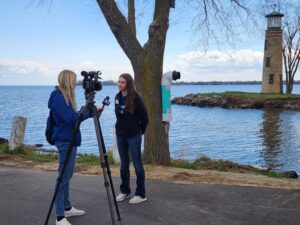 members, other Communities students, project partners, and local TV media. The students shared their experience working on this project and were interviewed about their experience by both WLUK Fox-11 and WBAY TV-2.
members, other Communities students, project partners, and local TV media. The students shared their experience working on this project and were interviewed about their experience by both WLUK Fox-11 and WBAY TV-2. waters through targeted campaigns, cleanup events, and outreach and education.
waters through targeted campaigns, cleanup events, and outreach and education.